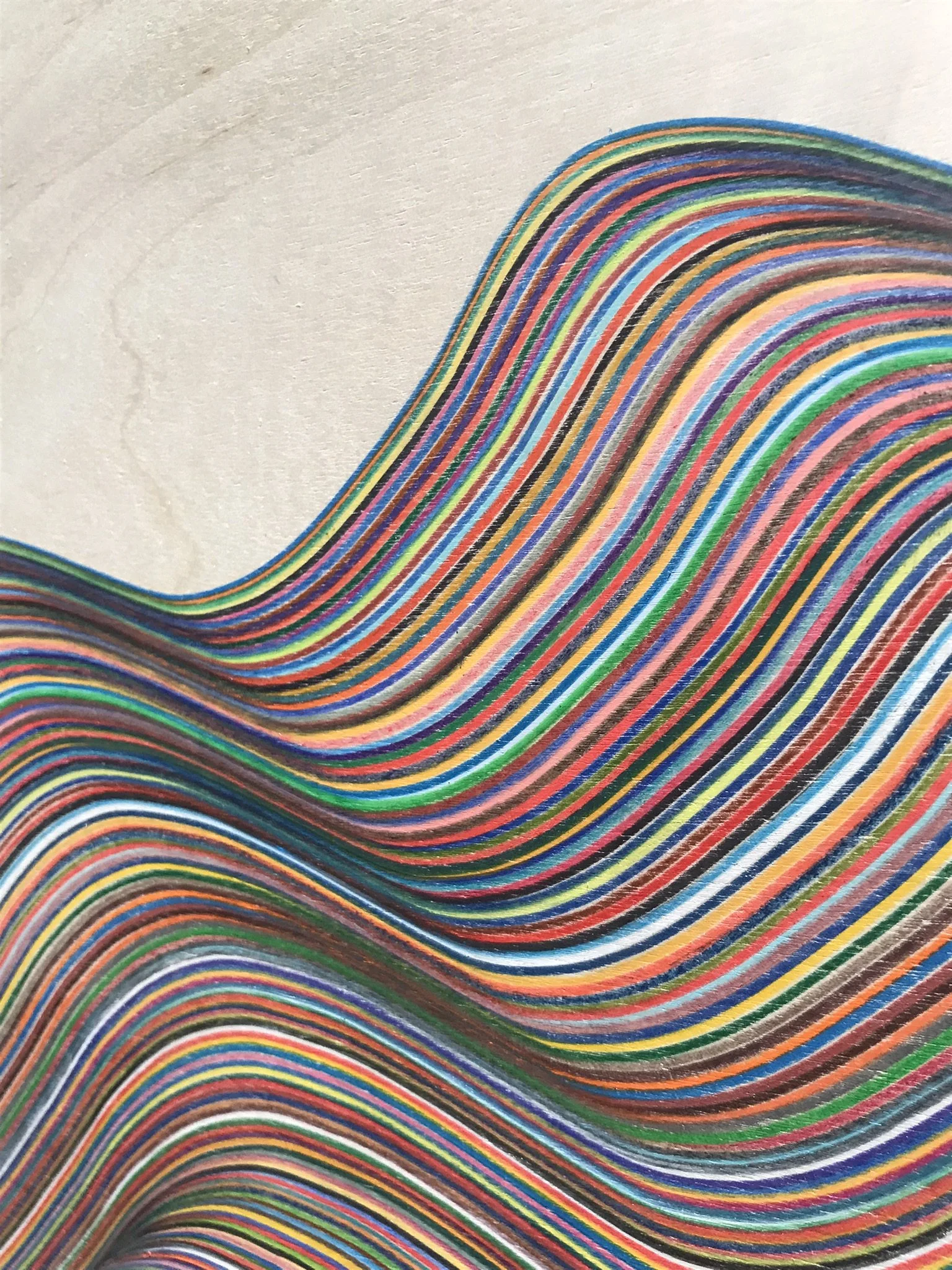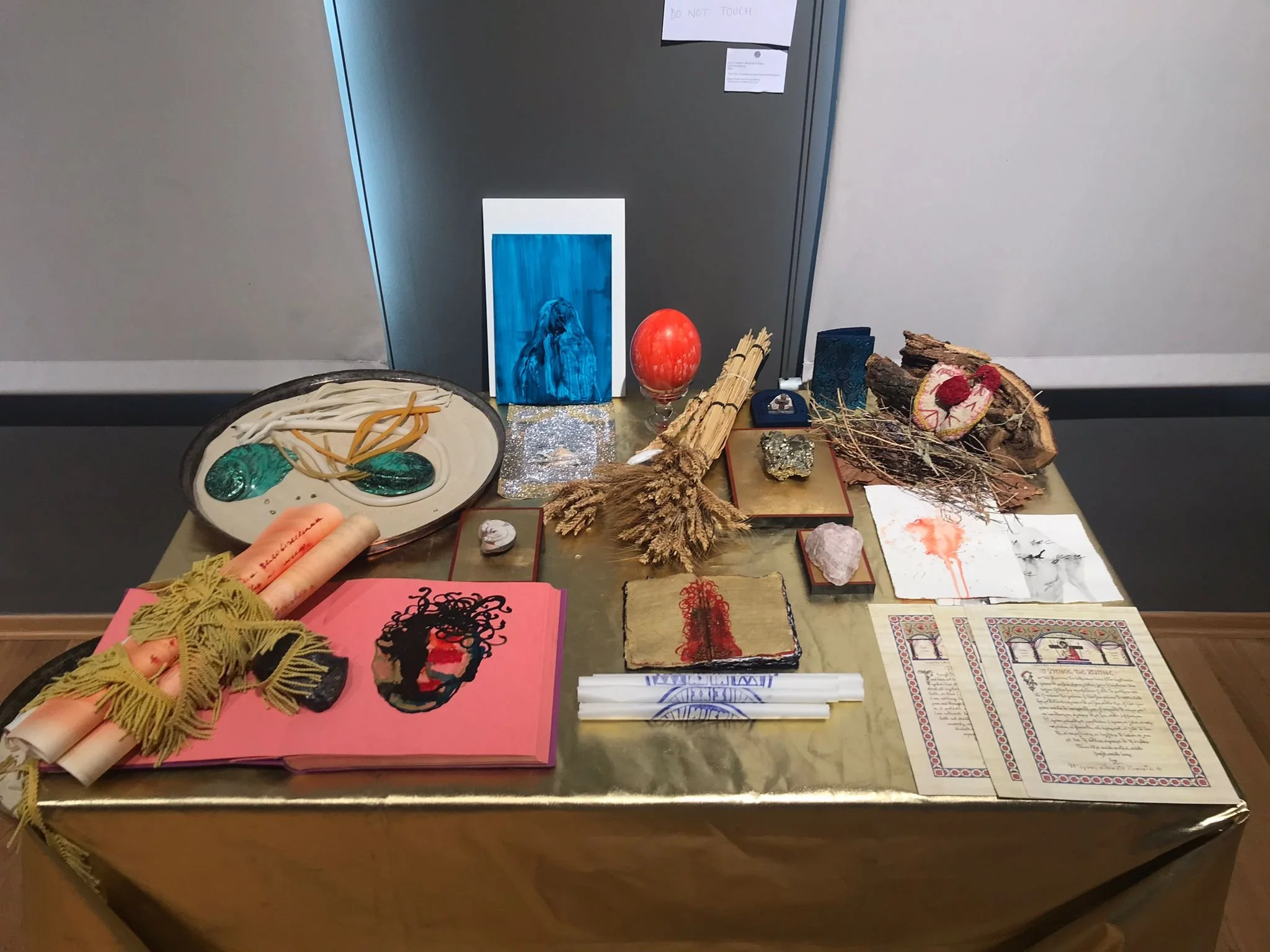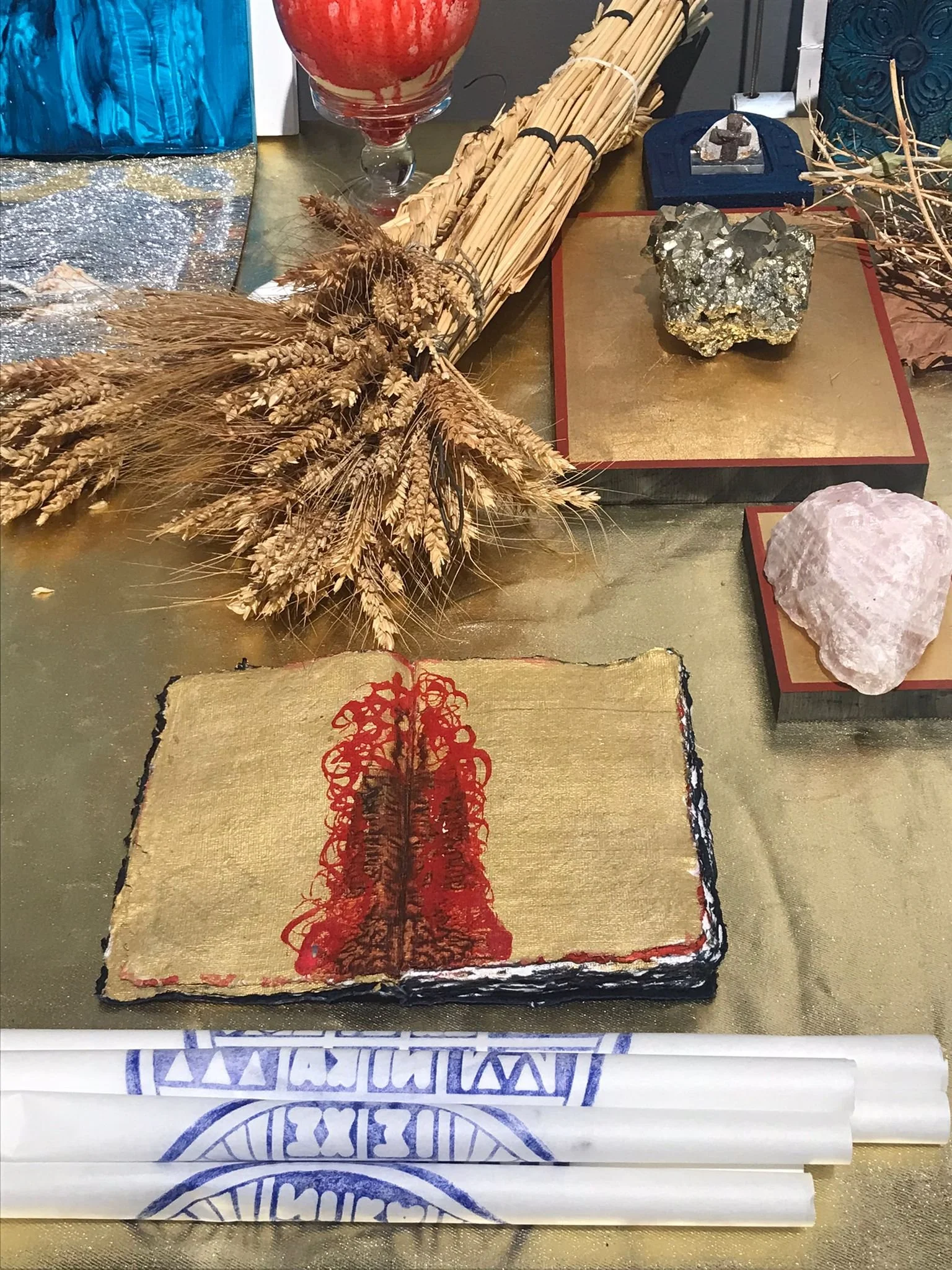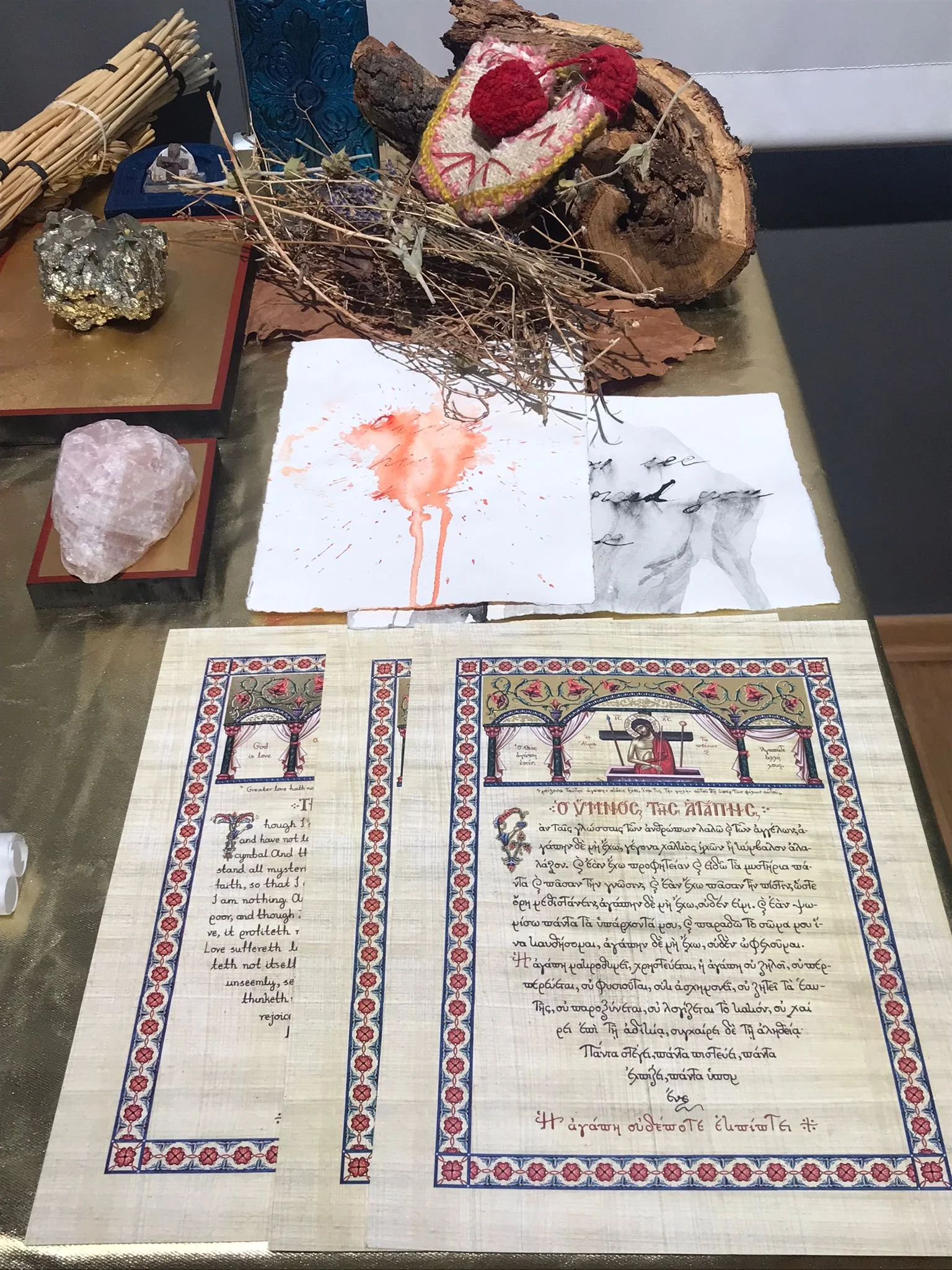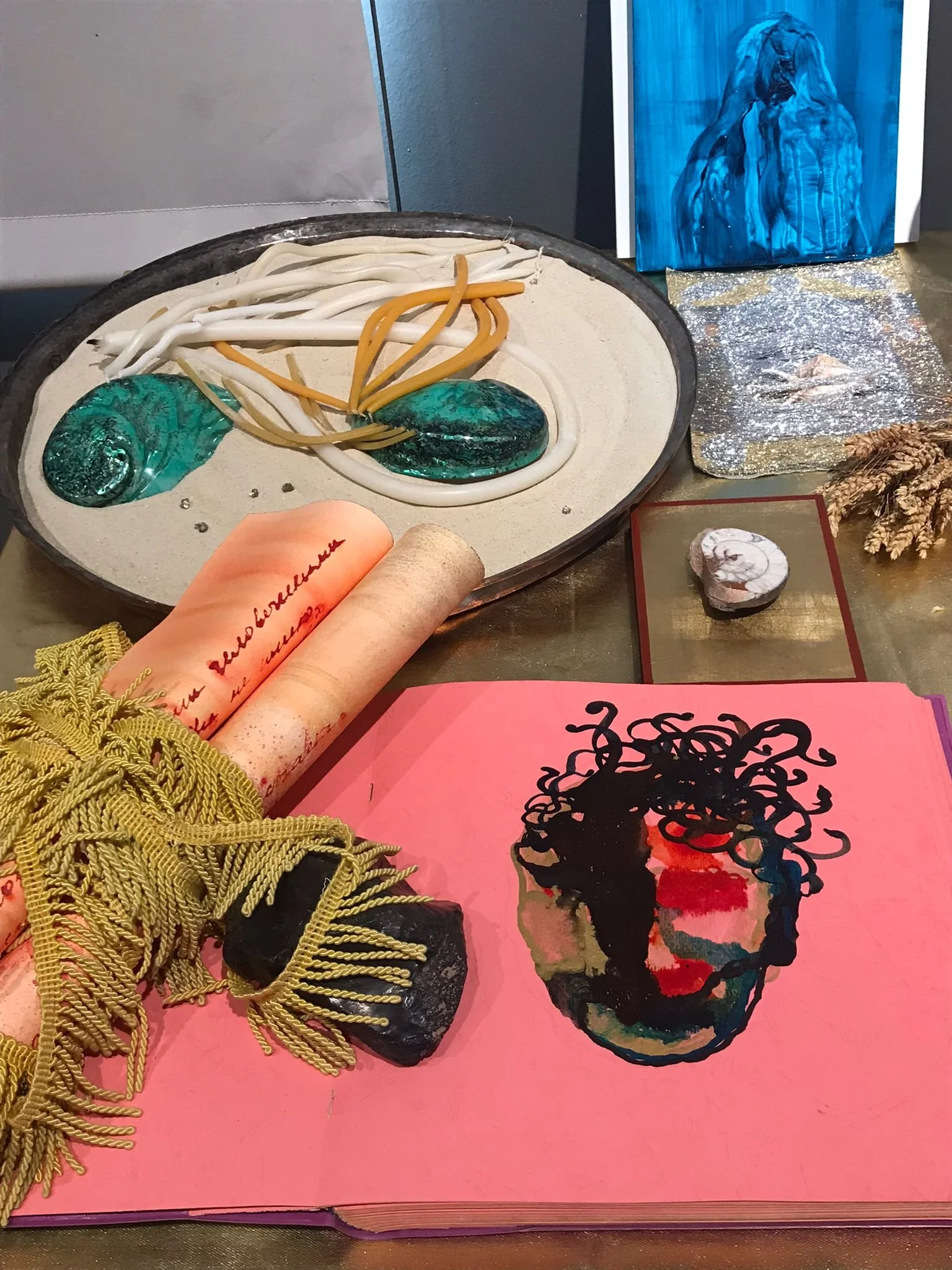In Flux
Reflecting on the nature of being, the Greek philosopher Heraclitus once said: “Everything gives way and nothing stays fixed. Everything flows; nothing remains. All is flux, nothing is stationary. All is flux, nothing stays still.” His embrace of such unpredictability frustrated later philosophers, as noted by one of Socrates’ interlocutors, Theodorus, who proclaimed “[Heraclitus and his followers] are so very careful not to allow anything to be stable, either in an argument or in their own souls!”.[1] Indeed, to some people, an understanding of life that emphasizes and celebrates its uncertainty and volatility is an anxiety-inducing attitude, one that frames humanity as vulnerable and out of control. To others, flux offers the freedom of surrender. Understanding life’s constant changes fosters compassion and acceptance; life will move through cycles of sweetness and bitterness, joy and pain, creation and destruction.
Heraclitus’ observation draws attention to the volatility of life. Only change itself is truly eternal; perhaps this is life’s most important paradox. Everything is a part of this constant flux, even monumentality, as there is no greater force that can stop this constant flow, so far that there is the existence of matter. The mighty rocks of Meteora which attract and fascinate people from all over the world both intimidate us and induce awe, while always attracting our gaze.
Therefore, when thinking of Heraclitus’ statement, it is difficult not to question whether he was speaking directly about Meteora. This impressive complex of rocks highlights the site’s volatile geological history; a story of rising river beds and constant erosion from water, ice and wind over millions of years. Since the twelfth century AD, Meteora has been a monastic site which has also shaped its landscape. Churches have been built and subsequently abandoned at the top of the rocks; rope winches have become carved stone staircases, and communities have thrived at the base of the mountains also. The plants, rocks and fungi bloom and wilt with the changing seasons, never truly destroyed, but part of a rhythmic cycle of creation and decay. While stone may appear monumental, permanent and unmoving, the site of Meteora showcases its ability to incrementally transform. The passage of time has been etched onto the surfaces of the Meteora rocks, capturing the moment like slow motion. These changes will be observed by multiple generations, endowing the landscape with the power to connect the past, present and future.
In Flux is the culmination of a one-month residency in Meteora hosted by Ainalaiyn Space. Artists Kate Daudy, Rowena Hughes, Paloma Proudfoot, Dina Baitassova and Maro Theodorou have each responded to the landscape and community they have become a part of during this time. Each artist has created works that reflect their time in Meteora, engaging with themes of flux, transformation, the cyclical, flow and adaption. Their time as resident artists have prompted introspection and reflection on the very nature of being, recalling the ponderings of Heraclitus himself.
Stone and ceramics share an enduring and entangled history with death and funerary practices. Stones have been used to mark burial sites across many geographies and contexts. As explored in Cultures of Stone, “[stone’s] enduring character [creates] a link through generations to both people and place”.[2] The endurance of stone allows it to surpass human life, endowing it with a monumentality and the responsibility to archive our past. Pottery, in particular, the urn, also commemorates the dead and stores their remains. Yet, its very materiality and terminology recalls the transformed body it is tasked to hold. The language of pottery endows it with corporality. The urn is held upright by its feet and its lid will be secured by its neck and possibly its lip. Moreover, ceramic forms are composed of pulversied stone and earth which echoes the composition of the body after death, either cremated or buried. Therefore stone, pottery, the body and death are entangled which the works in In Flux evidence and celebrate.
The residency itself has become a part of Meteora’s flux; a sudden flow of new energy and perspectives. As the artists and the Ainalaiyn Space team have been so generously helped by the local community, a synergy has occurred. When the artists leave, Meteora will change once more, as will the artists themselves, therefore partaking in the very flux that brought them to this site.
The works in In Flux celebrate the unfolding cycles of time, life and form. None of the works are fixed. Everything Flows. Nothing is stationary. Nothing stays still.
[1] Quoted in Andrew Hui, A Theory of the Aphorism: From Confucius to Twitter (Princeton: Princeton University Press, 2019), p. 43.
[2] Cultures of Stone: An Interdisciplinary Approach to the Materiality of Stone, ed. by Gabriel Cooney, Bernard Gilhooly, Niamh Kelly and Sol Mallía-Guest (Leiden: Sidestone Press, 2020), pg. 29.
A group exhibition
National Geological History Museum,
Meteora, Greece
4 September – 4 November 2022
Curator: Indira Dyussebayeva-Ziyabek
Curatorial Assistant: Phoebe Bradley-White
Photography by Aris at IkonArtisti
Selected Works
-

Punctum (Future Nostalgia)
Kate Daudy
2022, glazed ceramic, wood and mixed media, 300 x 200 cm
-

Dipping Limb of the Fold
Rowena Hughes
2022, Japanese marbling print on reference books, elastic bands, dimensions variable
-

Elastic Waves
Rowena Hughes
2022, colour pencil on birch wood, 40 x 60cm
-

A Ribbon Shaped Beam
Rowena Hughes
2022, colour pencil on paper, 70 x 100cm
-

Speleo
Paloma Proudfoot
2022, glazed ceramic, 43 x 42 x 3cm
-

We Sew Together
Paloma Proudfoot
2022, glazed ceramic, approx. 64 x 38 x 3.5cm
-

The Eternal Cannot Learn
Paloma Proudfoot
2022, Raku-fired ceramic, 52 x 31 x 6cm
-

It is Made of Mud and Dreams of Returning to Dust
Paloma Proudfoot
(#2) 2022, glazed ceramic, 20 x 10 x 12.5cm
-

It is Made of Mud and Dreams of Returning to Dust
Paloma Proudfoot
(#3) 2022, glazed ceramic, 17.5 x 10.5 x 10cm
-

It is Made of Mud and Dreams of Returning to Dust
Paloma Proudfoot
(#4) 2022, glazed ceramic, 17 x 10 x 10cm
-

It is Made of Mud and Dreams of Returning to Dust
Paloma Proudfoot
(#5) 2022, glazed ceramic, 27 x 13 x 11cm
-

The Eternal Cannot Learn
Paloma Proudfoot
2022, Raku-fired ceramic, 32 x 23.5 x 6.5 cm
It is Made of Mud and Dreams of Returning to Dust (#6) 2022, glazed ceramic, 17 x 11.5 x 11.5cm
-

We Enjoy Our Wounds, and They Enjoy Their Inventions
Paloma Proudfoot
2022, glazed ceramic and embroidered fabric, dimensions variable
